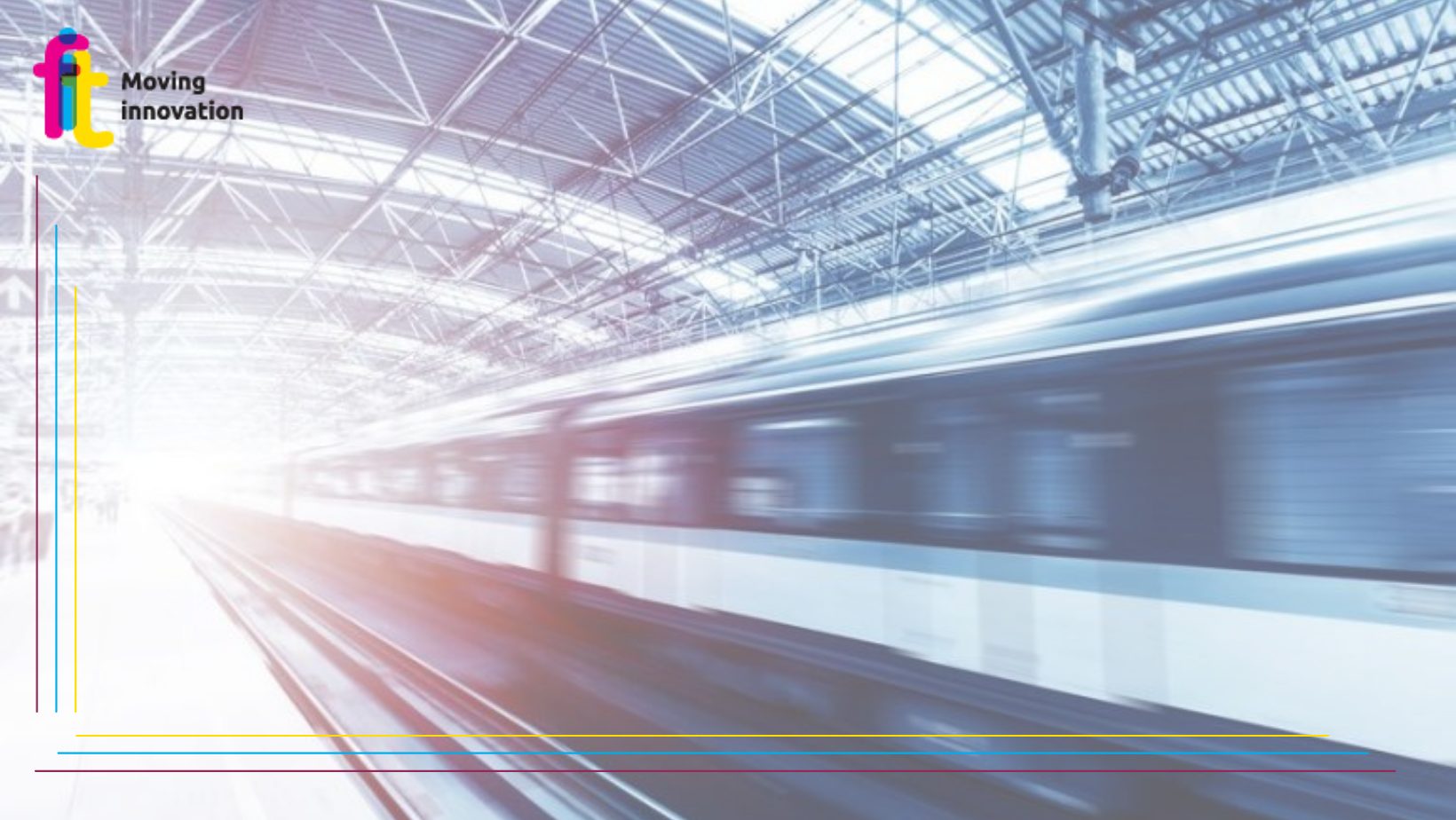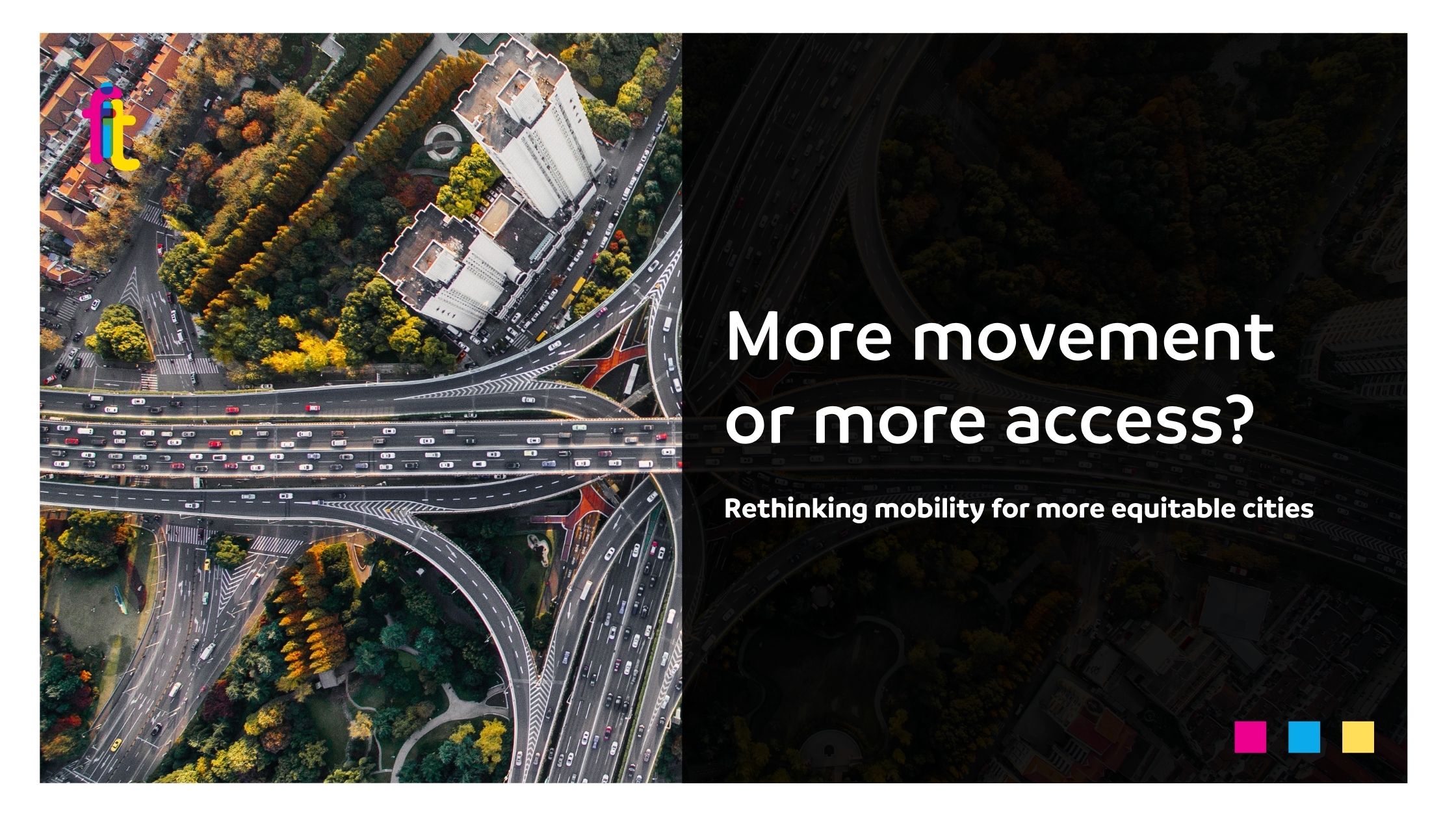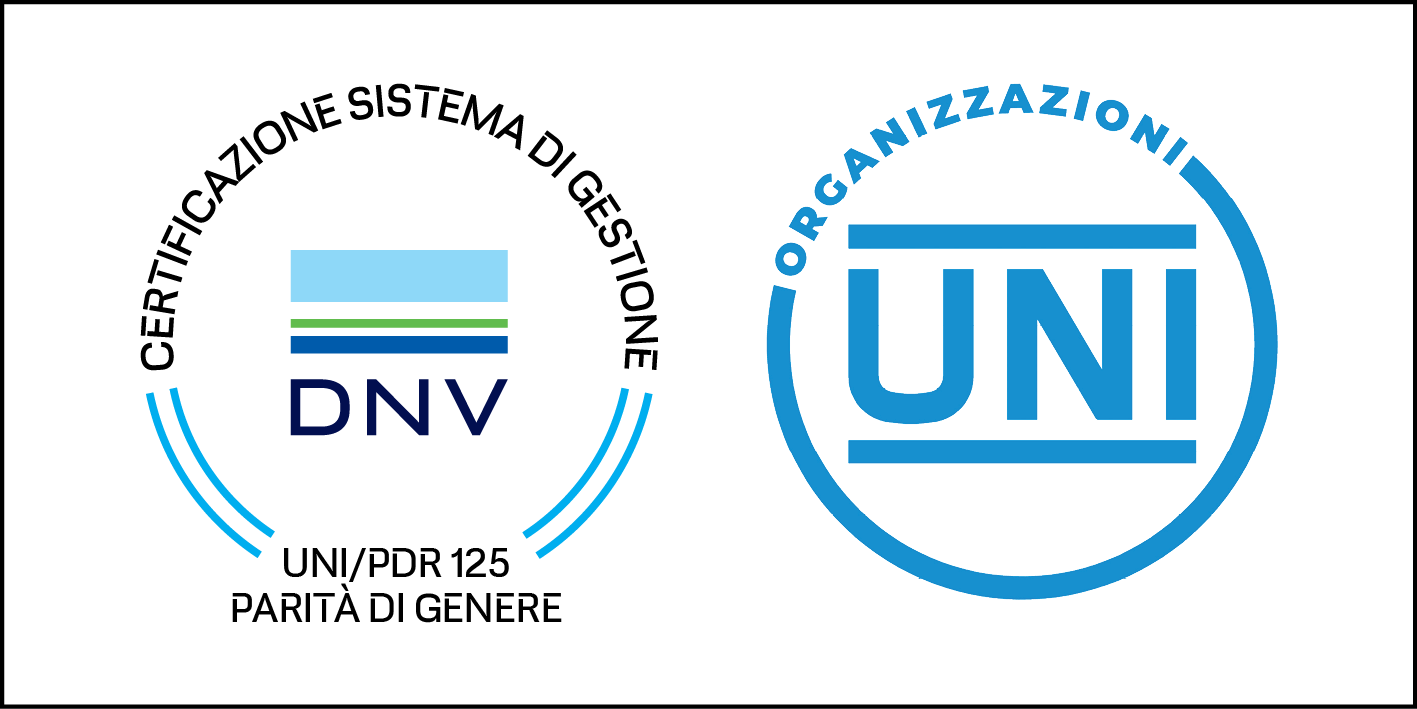Pendolaria 2025, the state of the art of public transport in Italy according to Legambiente report
Rail transportation: a challenge between historical shortcomings and new opportunities
Rail transport in Italy continues to occupy a marginal role, hampered by insufficient funding and systemic problems. This condition is reflected in a service that struggles to evolve, aggravated by the growing effects of climate change and territorial inequalities, as Legambiente’s Pendolaria 2025 report points out.
Funding: too little for real needs
Although the proposed Budget Bill 2025 includes an increase of 120 million for the National Transportation Fund, the resources allocated to the sector remain insufficient. From 2009 to 2024, state funding for rail and road transport fell from 6.2 to 5.2 billion, a 36 percent drop in real terms when inflation is taken into account.
Climate as the enemy of public transportation
The climate crisis is putting a strain on transportation infrastructure. Between 2010 and 2024, extreme weather events such as flooding, landslides, and storms caused more than 200 disruptions to trains, subways, and streetcars in Italy. The most affected cities include Rome, Naples, and Milan, with 36, 12, and 11 events, respectively. According to an MIT report, without adaptation actions, damage to transportation infrastructure could reach 5 billion euros per year by 2050.
The worst rail lines and cuts in connections
Commuters face enormous difficulties every day on routes marked by chronic delays, cancellations, and obsolete infrastructure. Among the most problematic lines are the Roma Nord-Viterbo, with more than 5,000 trips cancelled by 2024, and the former Circumvesuviana, plagued by breakdowns and overcrowding. In Sicily, the Caltagirone-Gela route has been at a standstill for more than 13 years, while the situation is no better in Calabria, where the Gioia Tauro-Cinquefrondi and Gioia Tauro-Sinopoli lines have been lying in a state of neglect since 2011. There is also no shortage of disruption on interregional lines: strategic routes such as Milan-Venice and Turin-Bologna have suffered significant cuts in recent years, further exacerbating the inconvenience.
The South: the great outcast
The South continues to be the region of Italy that suffers the most in terms of rail transportation. Here the average age of trains exceeds 17 years, compared with 9 years in the North, and much of the rail network remains unelectrified. Numerous routes, such as the Palermo-Trapani via Milo, closed since 2013, remain disused.
Legambiente’s proposals for the revitalization of public transport
To reverse the course, Legambiente proposes:
- Increased public investment in the transport sector, with strengthened coordination by the Ministry of Infrastructure.
- Promotion of sustainable urban mobility, through bicycle lanes, limited traffic zones, and an expansion of local public transportation with streetcars, subways, and electric buses.
- Quality services in cities to ensure a more efficient and inclusive transportation network.
Good news and good practices
Despite the complex picture, there are positive signs. Milan saw the opening of the M4 line, which connects Linate airport to the city center, avoiding millions of car trips. Naples has seen the opening of Line 6, and Catania has extended its metro. In addition, the average age of trains in Italy has dropped to 14.8 years. Good practices include the introduction of a single season ticket in Valle d’Aosta at a cost of 20 euros per month and the integrated metropolitan transportation system implemented in Bologna.
Source: TTS Italy









